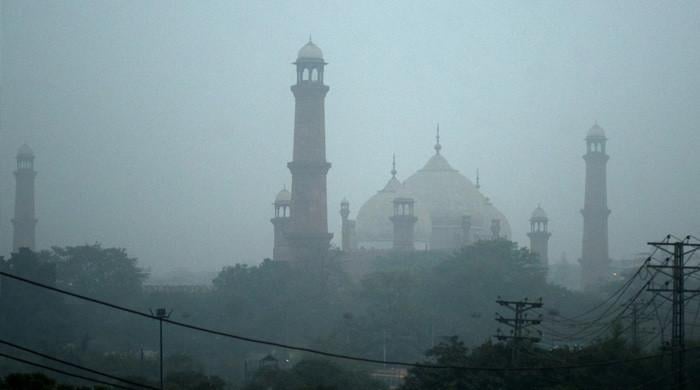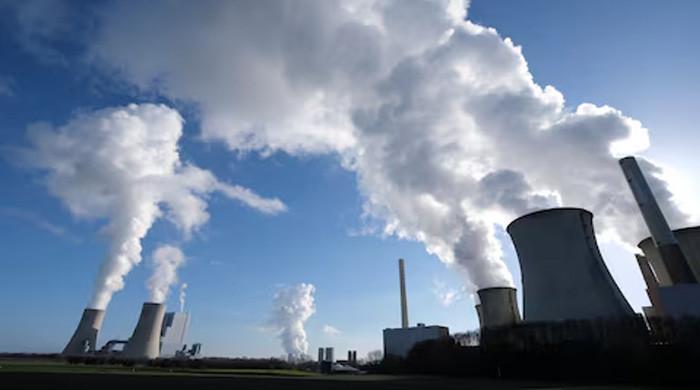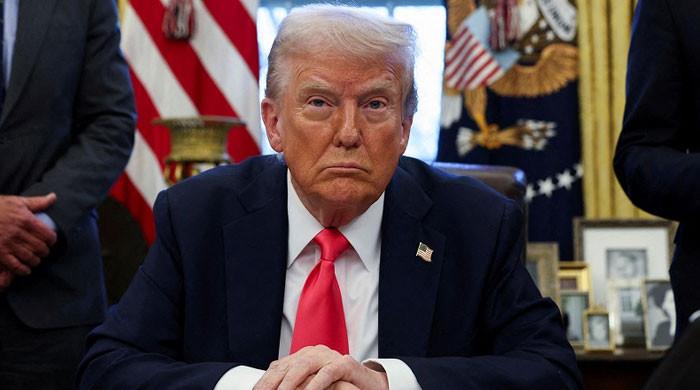The affects of over-centralisation on public expenditure
Inflexible expenditures – interest payments (26.5%), defence (12.7%) and pensions (9.3%) preempt 54% of the total consolidated expenditure
January 14, 2022

Several commentators have argued that the problem of fiscal deficit in Pakistan lies in its profligate public expenditure and unless this expenditure is drastically reduced a healthy fiscal balance is difficult to achieve.
This article based on research and computations, making adjustments for overlaps and avoiding double counting, analyses the most recent data on consolidated public expenditure of the federal and the provincial governments to shed some light on this issue.
Before delving into this analysis, the objectives of public expenditure should be spelt out. The purpose of public spending in any country is to allocate resources efficiently for investment and growth, improve distribution of income and stabilise the economy. These goals are achieved through direct provision of public goods and services, income transfers and social protection and selective interventions when the economy is on an unstable trajectory. Low-income countries have to strike a balance between public consumption and public investment as the latter complements and draws in private investment. For innovation economy, the state has to invest in R&D, technology transfer, assimilation and application and build skills and capabilities of its labour force.
In Pakistan, there are three tiers of government – federal, provincial and local – but the third tier where most of the interaction between an ordinary citizen and the government takes place has been almost dormant in the last decade. The devolution under the 18th Amendment has strengthened the provincial governments but devolution to the local governments has not taken place. Empirical evidence for the period 2002-07 shows considerable improvement in the satisfaction level of citizens with their locally elected representatives in the delivery of basic public goods and services as well as access to government functionaries.
Over centralisation just one tier below the centre is not the answer. Both from efficiency and equity considerations, local communities are much better placed in identifying the problems they face, finding appropriate solutions and ensuring their swift implementation compared to the top-down approach followed by the provincial headquarters. The 7th NFC Award gave 57.7 percent of the divisible pool to the provinces but did not earmark any portion of that to the local governments.
A snapshot picture shows that the total public expenditure in 2020/21 was Rs10.4 trillion or 21 percent of GDP. Government footprint (although difficult to measure with some degree of confidence) in the form of administered price setting, regulatory overburden, legal and judicial interventions, inspections, NOCs is much larger. PIDE estimates place it at 67 percent based on certain assumptions. Federal government spending was Rs6.8 trillion or 65 percent and the provincial spending Rs3.6 trillion or 35 percent of the total.
It may be pertinent to point out that the share of the provinces from their own sources in the country’s total revenues is only 10 percent; the bulk of their expenditure is financed from the divisible pool and the federal transfers. The provincial performance has improved since they started collecting GST on services, but it has created problems for business owners who have to file five tax returns with varying tax rates. Harmonisation of GST on goods and services is essential for ease and cost of doing business and also for the efficiency of the collection itself.
Provinces have been most reluctant to tax agricultural incomes, collect land revenue or irrigation charges and upgrade the property tax base for urban areas. Punjab, the largest producer of agriculture output, collects only 8 percent of provincial taxes from agriculture and land revenue and only 6 percent from urban property tax. Provinces together contribute 1.1 percent of GDP in the form of tax and non-tax revenues, while in India the states used to collect 8-10 percent of GDP from their own sources until GST harmonisation.
Another weakness observed in the provincial budgets is that development expenditure only accounts for 20 percent of the total outlay. It was expected that after the 18th Amendment and the 7th NFC Award the growth in development expenditure would accelerate. On the contrary, the relative growth in non-development expenditure, particularly salary and allowances, has been rapid.
Lower allocations for development (mainly infrastructure, human development) have the opposite effect to what the country is aspiring to achieve – which is: increased investment and expansion of domestic productive capacity aligning it with growing aggregate demand. This mismatch between domestic supply and aggregate demand, which gives rise to unmanageable current account deficit, has become the bane for policymakers. They have to resort to external borrowing to fill this gap, raising the debt-to-GDP ratio. So the current policy of allocating only one out of five rupees for development is inadequate for investment, growth and balance of payments. Were the higher allocations towards current expenditures moving towards achieving our Sustainable Development Goals (SDGs) it would have been satisfying, but that is not the case.
The federal government faces a precarious financial situation as it received Rs3529 billion as net revenue receipts and after paying for interest, defence and pensions it started with a negative balance of Rs538 billion and to take care of the remaining expenditure including development it had to borrow Rs3370 billion from external and internal sources – crowding out private financing domestically and incurring opportunity cost of not building productive capacity as it was constrained to keep development expenditure at 8 percent of the total expenditure. It is unfortunate that fiscal tightening usually takes place by cutting down development expenditure.
In fact, the division between current and development expenditure is artificial and unhelpful and should be replaced by a unified programmatic approach – particularly in relation to human capital formation, R&D and knowledge transfer. The budget for universities and research institutions has been curtailed when there is an urgent need to invest more in this sector. Performance-linked allocations and competitive research grants should be the basis for budgetary appropriations rather than the present allocation system that ends up providing jobs to non-faculty staff or for brick and mortar.
We divide the expenditure into two categories. The first is inflexible – where the budget-makers have no room for maneuver as these are contractual and obligatory items that have to be paid under all circumstances. Defence expenditure, although frozen in nominal and curtailed in real terms in the last few years, (in FY22 it would amount to 2.3 percent of GDP) has to meet a minimum threshold to respond to the external threat perceptions. The second is discretionary spending – where cuts and savings can be affected.
Inflexible expenditures – interest payments (26.5 percent), defence (12.7 percent) and pensions (9.3 percent) together preempt 54 percent of the total consolidated expenditure. Interest payments depend upon the SBP policy rate but are outside the control of the finance ministry which has to make the statutory payments. Of course, there is a lot of room for improvement in debt management through choices of timing, tenor, volumes , instruments, fixed/ floating, bank/non-bank, external/domestic, and asset liability match. For example, Sukuk floatation through PSX opened up the investor base beyond the traditional banks and the competition gave very favorable rates to the government.
Under the discretionary expenditure, education, health and social protection receive 21.7 percent followed by development 9.3 percent, civil administration 5.7 percent, subsidies 4.1 percent, contingencies 3.4 percent and net grants 1.4 percent. It may appear gratifying that 50 percent of the provincial budgets is spent on education, health and social protection but poor governance, weak management, superficial monitoring and over-centralisation have not allowed the desired results to emerge.
To be continued
The writer is the author of 'Governing the ungovernable'.
Originally published in The News











